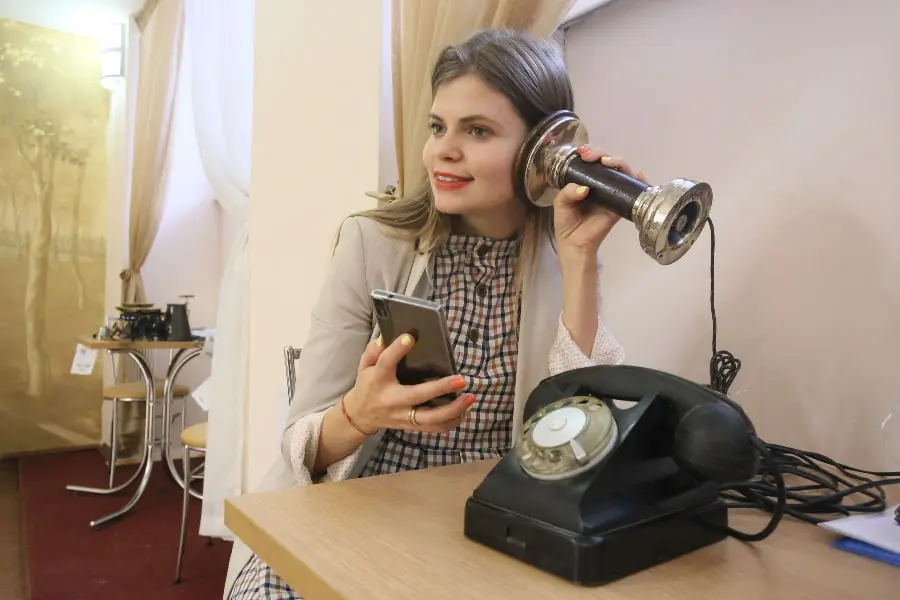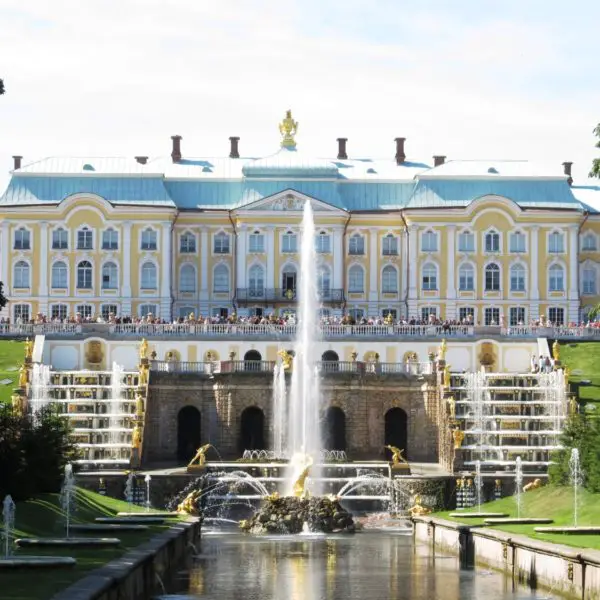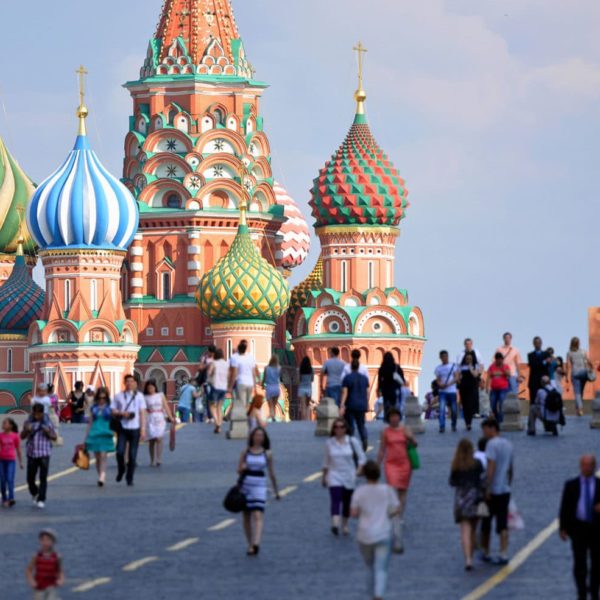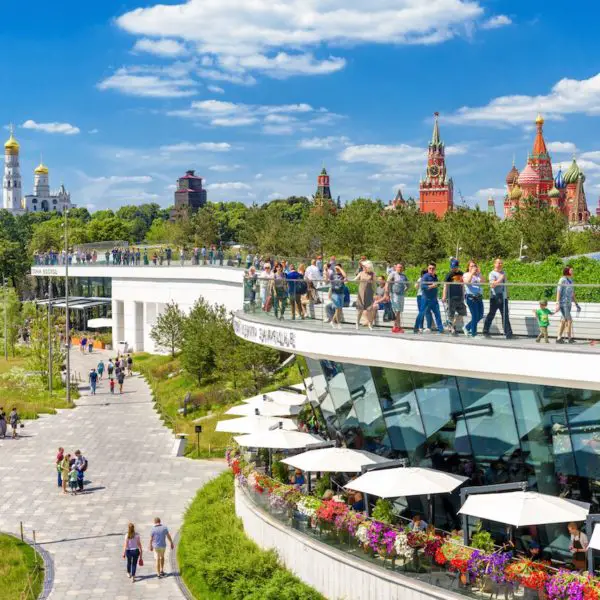11 must-visit museums of Moscow and St Petersburg
The Museums of Moscow and St Petersburg bring to light the rich and deep cultural history of Russia. Visitors will indulge in a journey through history, politics, art, culture, and science.
Table of Contents
Moscow Museums
1. The Moscow Kremlin
The Moscow Kremlin is located in the center of Moscow and is one of the largest architectural ensembles in the world. Historically the Moscow Kremlin has been the residence of the person in power and is today the residence of the Russian President.
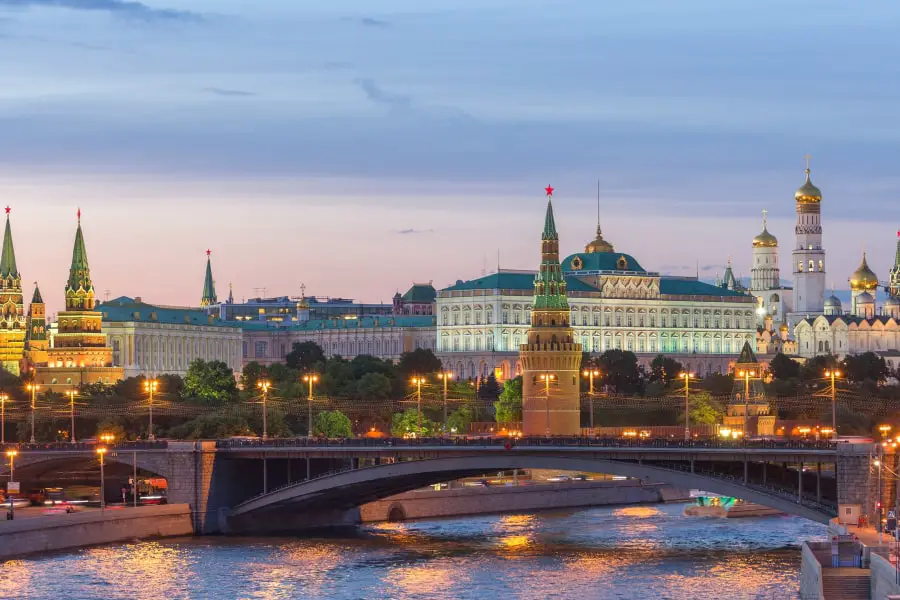
The museum complex includes the Assumption Cathedral, the Archangel Cathedral, the Annunciation Cathedral, the Church of the Deposition of the Robe of the Holy Virgin, the Palace of Patriarch and the Church of the Twelve Apostles, the bell tower of Ivan the Great and the State Armory Chamber.
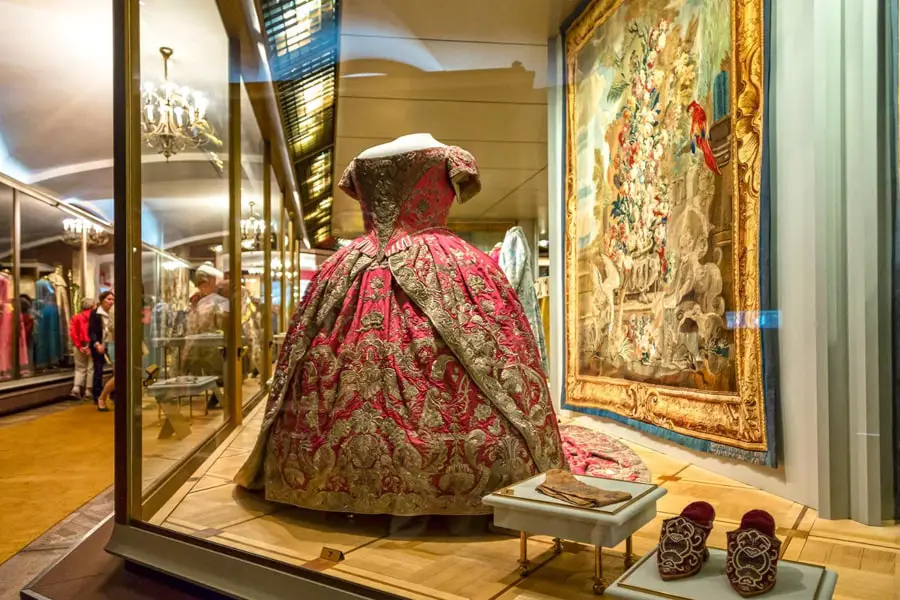
The Museums of the Kremlin preserve unique works of art of different genres. The buildings, which host the museums, are unique architectural designs erected by distinguished architects and masters.
2. State Tretyakov Gallery
The State Tretyakov Gallery in Moscow is one of the largest museums in Russia with over 100,000 works of art including icons, paintings, graphics, and sculptures. It boasts the country’s best collection of Russian realism from the second half of the 19th century.
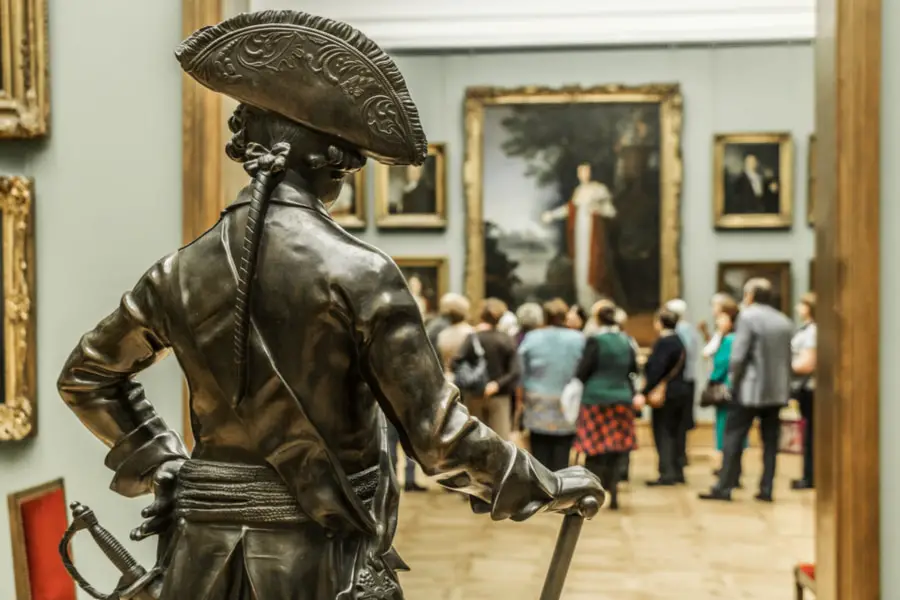
The Gallery collection was started by Pavel Tretyakov, the owner of a successful textile company, and became famous immediately after being opened to the public in 1,870. After Tretyakov’s death, the gallery’s collection grew rapidly, especially after museum collections were privatized: art was bought, donated or transferred from other museums, private collections, cathedrals, and monasteries.
3. Pushkin State Museum of Fine Arts
The Pushkin Museum was the first museum to be dedicated to the life and work of the famous Russian poet Alexander Sergeevich Pushkin. The museum complex was founded in 1957 and now houses more than 165 thousand items. Significant artworks from the 19 – 20th centuries are also displayed there.
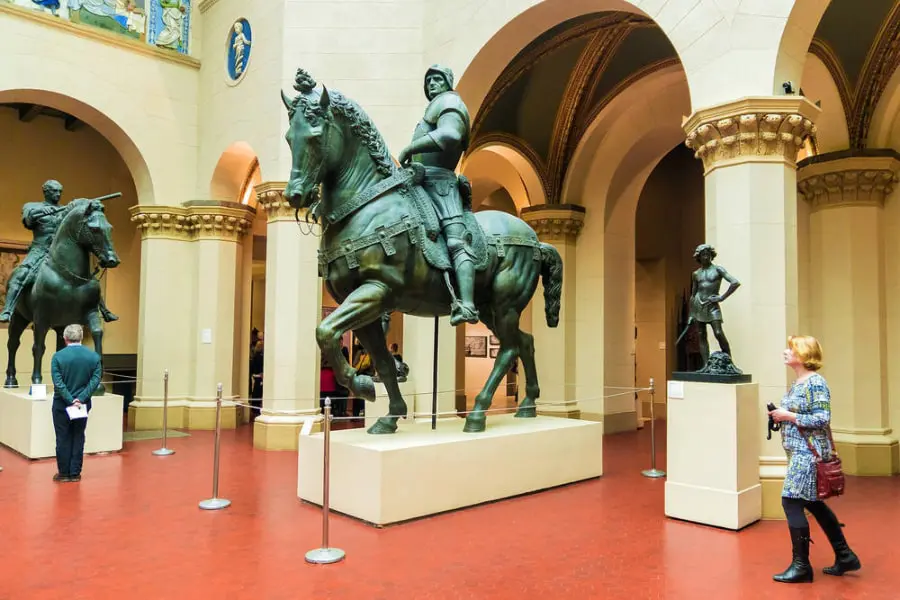
The museum displays a vast collection of tinted plaster casts of famous ancient, medieval and Renaissance sculptures and a collection of original works of foreign artists, sculptors and graphics together with objects of decorative arts.
4. The State Historical Museum
The unmistakable red-brick palace with its silver roof, towering opposite St. Basil’s Cathedral in Red Square, houses the State Historical Museum, one of the main sightseeing attractions of the Russian capital. Designed by V.Shervud, this Museum was built to commemorate national history, it traces the development of Russia and its people from ancient times to the present.
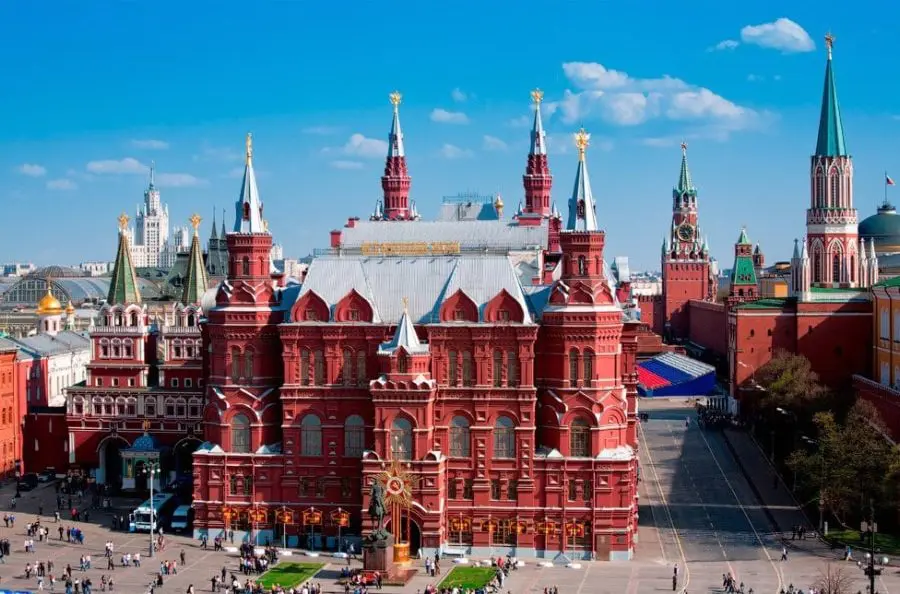
5. Moscow Museum of Modern Art
The Moscow Museum of Modern Art is the only state museum in Russia that concentrates exclusively on the art of the 20th and 21st centuries.
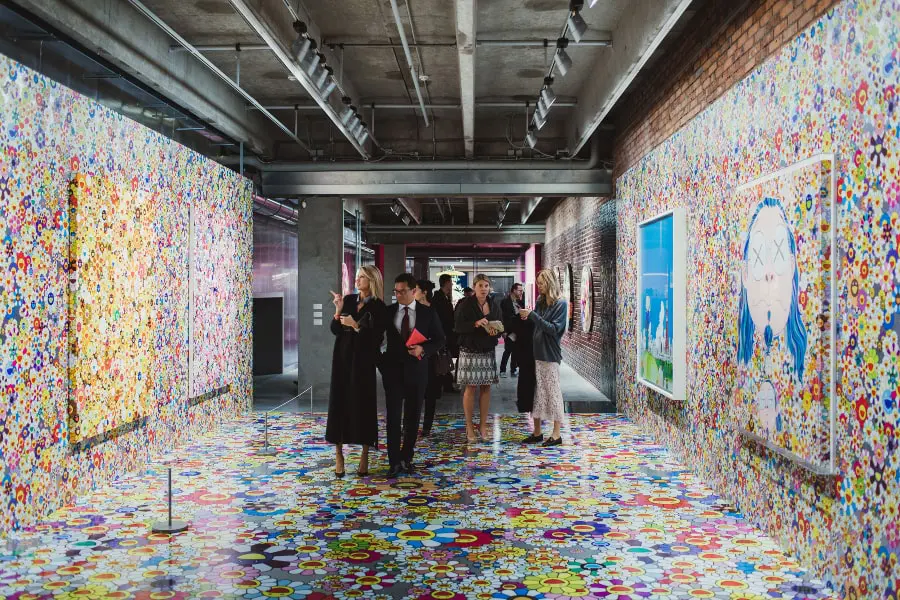
The Museum was unveiled on December 15, 1999; its founding director was Zurab Tsereteli, President of the Russian Academy of Arts. His private collection of more than 2,000 works by 20th-century masters was the core of the Museum’s permanent display. Later, the Museum’s keeping was expanded considerably, and now this is one of the largest and most impressive collections of modern and contemporary Russian art.
The Museum’s permanent collection represents main stages in the development of the 20th-century art, as well as pieces by well-known Western masters, such as Pablo Picasso, Joan Miro, Henri Rousseau, and others.
6. Polytechnical Museum
The Polytechnical museum is the main museum of science and technology in Moscow. In December 1991 it was declared a federal property and defined as a particularly valuable object of Russian national heritage, including the Museum itself and the Central Polytechnical Library.
The Museum keeps more than 100 collections with more than 190,000 exhibits. Many of them are unique relics of science and technique.
This is the perfect place for a budding scientist to visit. The museum has a number of departments; geology and mining, metallurgy, chemical technology, engineering, automation and computers, automotive transport, radio electronics and communication, optics, meteorology, and power engineering. Visitors can take part in entertaining physical experiments in the new department Igroteka which is an interactive display.
St Petersburg Museums
One of the world’s most beautiful cities, Saint Petersburg is often referred to as an ‘open-air museum’, with so much artistry and history contained in its architecture alone. Of course, it also derives its reputation as an art and history lover’s paradise is a home of one the greatest museums in the world, the State Hermitage.
Still, as Russia’s cultural capital, there’s so much more to the museums of St Petersburg than its most visited attractions. This cosmopolitan city takes contemporary art and emerging artists seriously, home to a host of hip creative spaces and a vibrant, energetic vibe built on youthful, newfound freedom of expression. Keen to explore St Petersburg’s darker, more unusual side? Start exploring the treasure trove of small museums sprinkled across the art-obsessed city. The below list should give you a good jumping-off-point from the must-sees to just a few of the St Petersburg’s hidden oddities.
1. The State Hermitage Museum
St Petersburg is a city full of cultural treasures, but the Hermitage trumps them all. One of the world’s greatest collections of art, only the Louvre in Paris and Prado in Madrid can compete in terms of historical importance and size. Some three million precious objects from the Stone Age to the 20th century are preserved here, including the largest collection of paintings in the world.
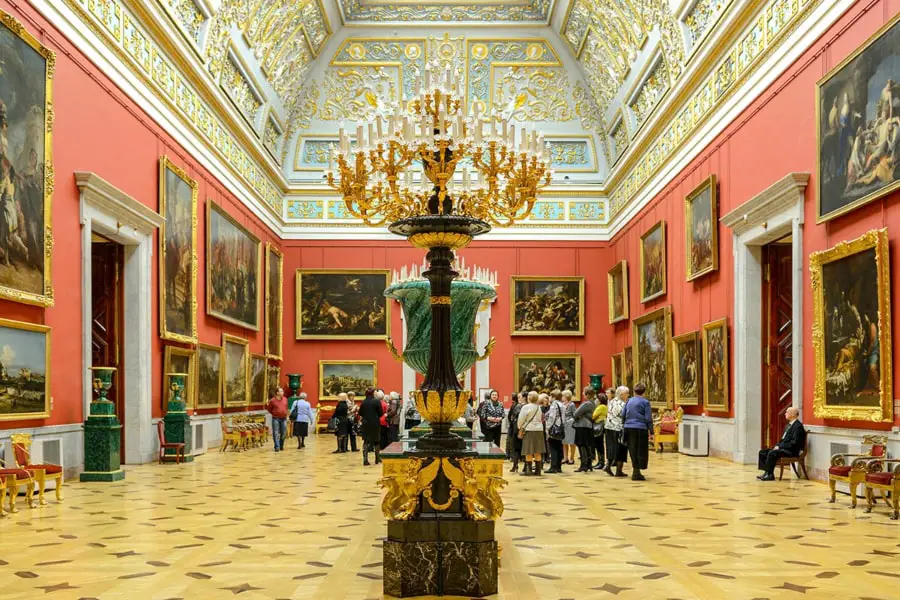
The museum itself is a sight to behold, made up of six historic buildings along the Palace Embankment. Founded by Catherine the Great in 1764, it has drawn countless visitors from around the world since it first opened to the public in 1852.
Of the six buildings of the main museum complex, five are partially open to the public: the Winter Palace, Small Hermitage, Old Hermitage, New Hermitage and the General Staff Building.
2. The State Russian Museum
The Russian Museum was opened in 1,895 by a decree of Tsar Alexander III, and as such was the first state-owned museum of art in Russia.
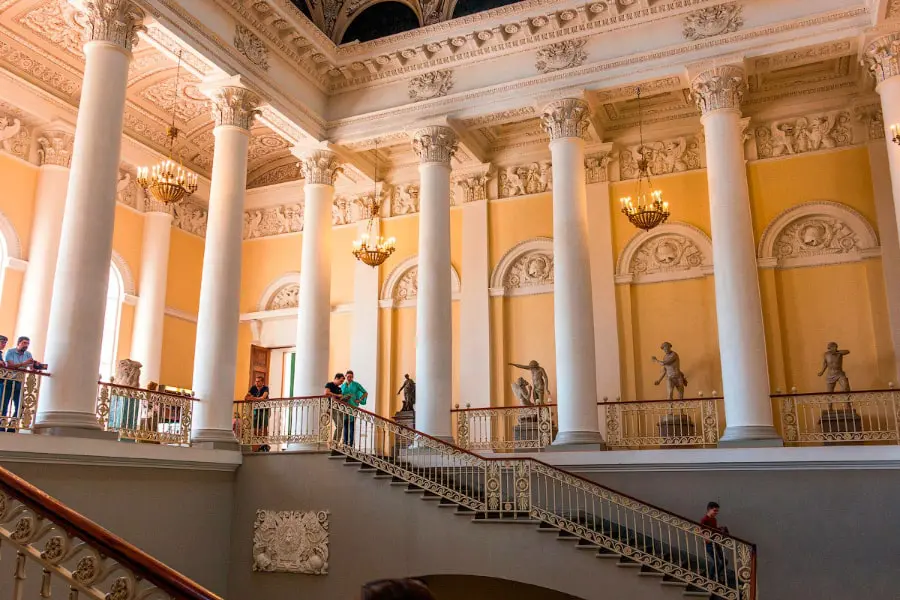
Housed in the Mikhailovsky Palace, the Museum houses nearly 400,000 exhibits and has a huge range of Russian art. The exhibits date from ancient icons to the 20th century and include many landmarks in the history of Russian art.
3. Saint Michael’s Castle
Mikhailovsky Castle is a former royal residence in the historic centre of Saint Petersburg, Russia. In the early 1990s, St. Michael’s Castle became a branch of the Russian Museum and now houses its Portrait Gallery, featuring official portraits of the Russian Emperors and Empresses and various dignitaries and celebrities from the late 17th to the early 20th century. The castle looks different from each side, as the architects used motifs of various architectural styles such as French Classicism, Italian Renaissance and Gothic.
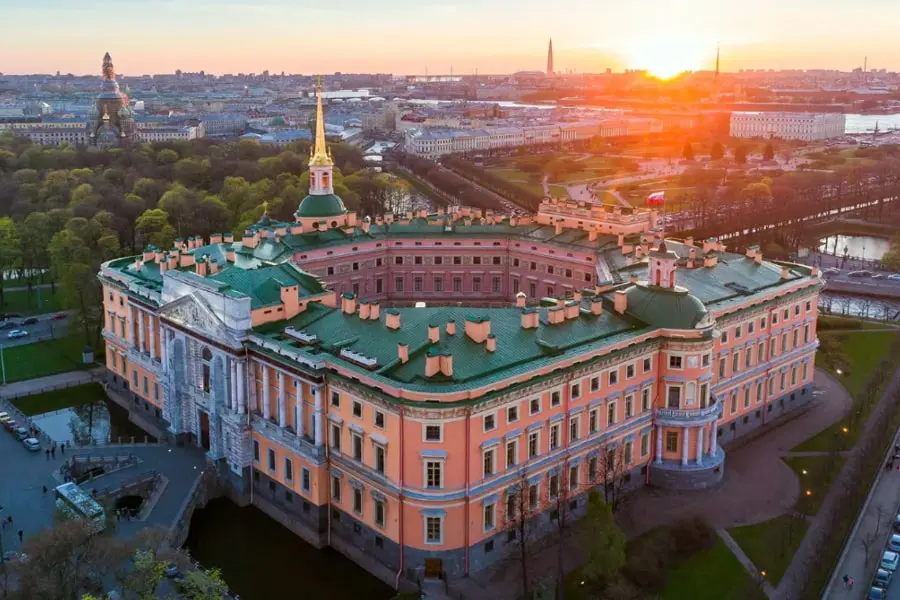
4. Peter and Paul Fortress
A mere speck of land known as Zayachy (Hare Island) became the birthplace of Saint Petersburg when St Peter the Great founded his citadel on the Neva River in 1703.
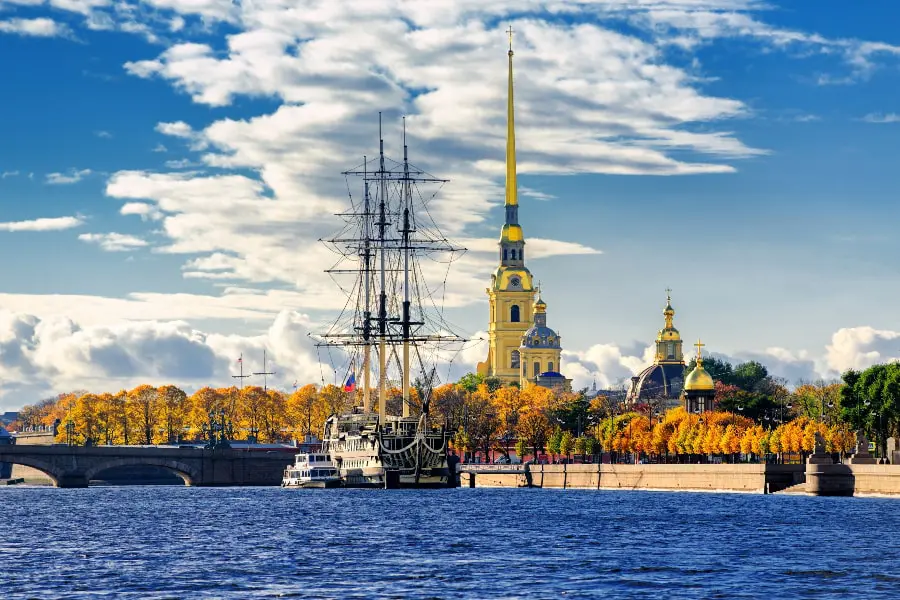
Formerly a defensive fort, the citadel grew to include an enormous cathedral which now serves as a museum on the fascinating history of the fortress. Part of the fun of visiting the fortress is crossing the river over the wooden Ioannovsky Bridge, the city’s first bridge. Making your way across, you’ll be overcome with the feeling of being transported in time as you enter through Peter’s Gate and step out between the colossal curtain walls of the fortress.
5. Kunstkamera – Peter the Great Museum of Anthropology and Ethnography
Located on the banks of the Neva in the centre of St. Petersburg, the Kunstkamera has been the symbol of the Russian Academy of Sciences since the early 18th century. Founded to Peter the Great’s Decree, the Museum opened to the public in 1714. Its purpose was to collect and examine natural and human curiosities and rarities.
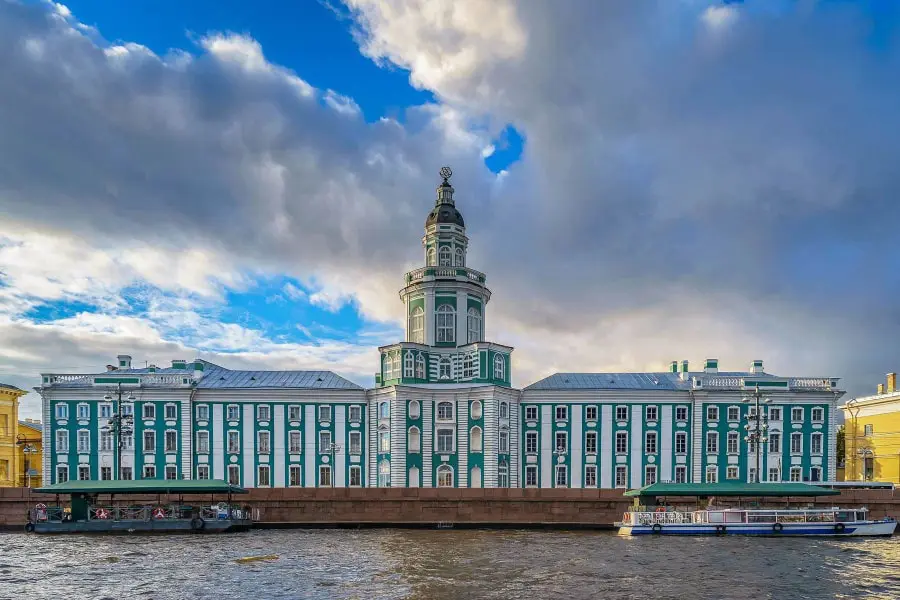
Today, collections of Peter the Great’s Museum of Anthropology and Ethnography are among the most complete and interesting in the world. These collections contain nearly two million artefacts and reflect the diversity of traditional cultures.
We look forward to having you join us and explore the museums of Moscow and St Petersburg on a 56th Parallel Russia Discovery Tour.
Related posts
Related Tours
If you have any urgent questions or enquiries, please give us a call +61 412 587 785
